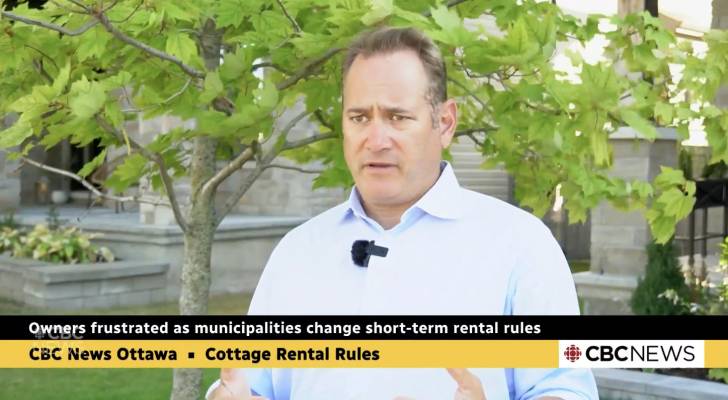When licensing rules end a family Airbnb dream: One owner’s story and what it means for Canadian cottages

In Calabogie, Ont., Gabriel Leclerc is about to do something few cottage owners ever imagine — sell family-owned properties. After years of renting them on Airbnb, he says new township licensing rules have made hosting a financial and logistical burden. Leclerc’s story, reported by CBC News, began when Greater Madawaska introduced a $300-a-year licensing requirement […]
Leave more than money: practical legacy planning for Canadians

Many Canadians dream about the legacy they will leave behind — not just money, but the values, traditions and lessons for loved ones. Thinking ahead about how your wealth and life experiences will shape the future can provide clarity and peace of mind. That’s where legacy planning comes in. Legacy planning is the process of […]
Auto theft continues to climb in Alberta

Car theft is becoming a major financial issue for Albertans. According to new data from the Insurance Bureau of Canada (IBC), the cost of auto theft in Alberta surged in 2024 and has climbed dramatically over the past three years. Auto theft claims in the province totaled $110.3 million in 2024, a sharp rise from […]
One accident abroad could cost you thousands — here’s how your credit card could save your trip and your wallet

A single medical emergency abroad can cost Canadians tens of thousands of dollars — and most don’t realize their credit card might already include travel insurance that could protect them. But there’s a catch: coverage varies wildly, and relying on it without knowing the fine print could leave you stranded with a massive bill. Before […]
“I lost everything”: Newcomer alleges $500K scam in Yukon immigration nightmare

A second lawsuit has been filed against a Whitehorse immigration consultant, alleging that nearly half a million dollars was lost in what the plaintiff calls a fraudulent immigration scheme linked to the Yukon Business Nominee Program. Franklin Lee, a Hong Kong national seeking permanent residency in Canada, filed a statement of claim earlier this month […]
A missing decimal cost a Guelph diner $34K. Here’s how to avoid costly clerical mistakes

A simple typo nearly sank Christos Kyriacou’s summer. Kyriacou, owner of Angel’s Diner in Guelph, Ont., went to pay his internet bill in May. Instead of sending the $341.26 he owed Bell, he missed the decimal point and wired $34,126. “Stupid me didn’t put the decimal,” he told CBC News. “Honest mistake, but a big […]
Stop leaving money on the table: How dividend investing can build lasting wealth for Canadians

Dividends are payments made by publicly traded companies to their shareholders. But beyond the dictionary definition, a dividend paying stock can be an important tool for growing an investment portfolio, particularly if you opt to reinvest your dividends to buy additional stock shares. Dividend payments can provide income for shareholders of all ages. And financial […]
From insurance to street-life stardom: A Toronto walker cashes in

Toronto’s Johnathan Hicks — a 44 year old YouTuber known online as Johnny Strides — has turned his daily city walks into a full-time money-maker. Six years ago, what began as a side hustle filming pedestrian tours around the city has now climbed to “well over six figures” in earnings, he told CTV News. Hicks […]
Canadians owe a staggering $2.5 trillion in household debt — here’s how to chip away and finally breathe free

Debt: Almost all Canadians have it. In fact, Equifax Canada’s Market Pulse Consumer Credit Trends and Insights Report found that consumer debt levels rose to $2.5 trillion at the end of hte first quarter of 2025 — a 4% year-over-year increase. TransUnion estimate that consumer debt, across all credit products, hit a record $2.5 trillion […]
A missing decimal cost a Guelph diner $34K. Here’s how to avoid costly clerical mistakes

A simple typo nearly sank Christos Kyriacou’s summer. Kyriacou, owner of Angel’s Diner in Guelph, Ont., went to pay his internet bill in May. Instead of sending the $341.26 he owed Bell, he missed the decimal point and wired $34,126. “Stupid me didn’t put the decimal,” he told CBC News. “Honest mistake, but a big […]